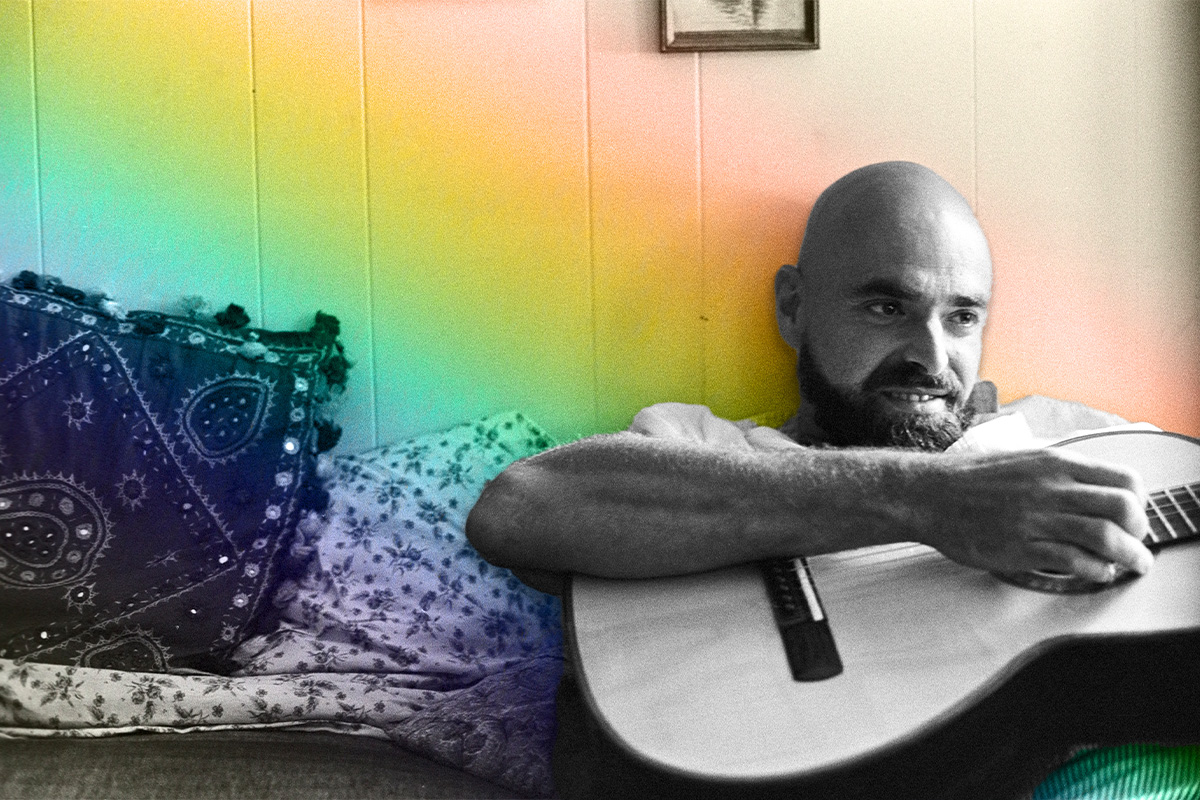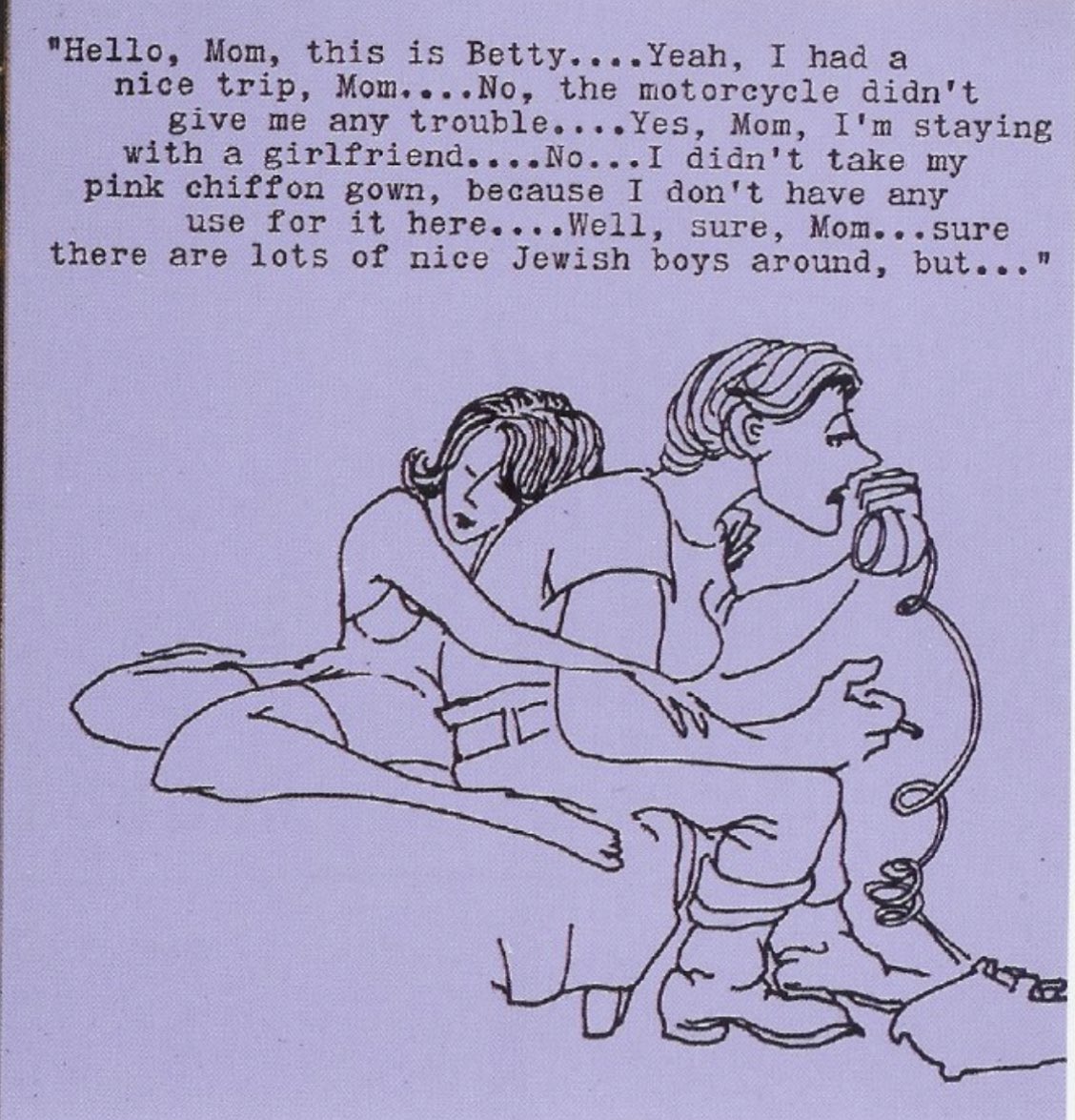Until very recently, I thought I loved Jewish multi-hyphenate Shel Silverstein for his sense of absolute whimsy, his incredible children’s books like “The Giving Tree” and collections of poetry like “Where the Sidewalk Ends,” and the fact that he was also a singer-songwriter who won a Grammy for “A Boy Named Sue.”
Then yesterday, I realized that, in addition to everything else I previously mentioned, I love him for creating an incredibly queer and Jewish cartoon in 1965 for Playboy.
Specifically this cartoon, which Verge writer Chis Person shared in a tweet:
With a (presumably) Jewish mother on the phone, in vain suggesting nice Jewish boys to her daughter, Shel expertly captures three aspects of being queer and Jewish. First, he delineates what it’s like to have a Jewish mother who desperately wants you to date an NJB (nice Jewish boy). Second, he shows what it’s like for Jewish lesbians to have to feign interest in NJBs to their parents. And finally, he depicts the inevitable conversation that I’d daresay most Jewish women have had with their mothers, which is that not all nice Jewish boys are straight.
Plus, more simply, I just love to see the butch Jewish lesbian representation.
For context, Shel Silverstein drew this comic in 1965 for a regular travel series he wrote and illustrated for Playboy. (Silverstein became a regular contributor for Playboy starting in 1956, when he was 26 years old.) For this particular assignment, Shel visited Fire Island, off the coast of Long Island, a spot which was and is still known for being a haven for the LGBTQ+ community. (In the 1965 piece, Playboy called Fire Island “the gay side of Gotham’s offshore Bohemia — where the fruits are unforbidden,” and honestly I think that description is still apt.) What resulted were multiple cartoons from Shel, including the one featuring a Jewish lesbian and her girlfriend, which depict everyday life in the 1960s queer community.
These cartoons are funny and in Shel’s signature style, and they’re also empathetic. Rather than Shel depicting queer people as sick or deviant, like how the LGBTQ+ community was treated in America pre-Stone Wall (and is, unfortunately, being treated once more by ultra-conservatives), he depicts them as the regular people that they are.
I know that’s kind of the bare minimum, but still: What a mensch.




